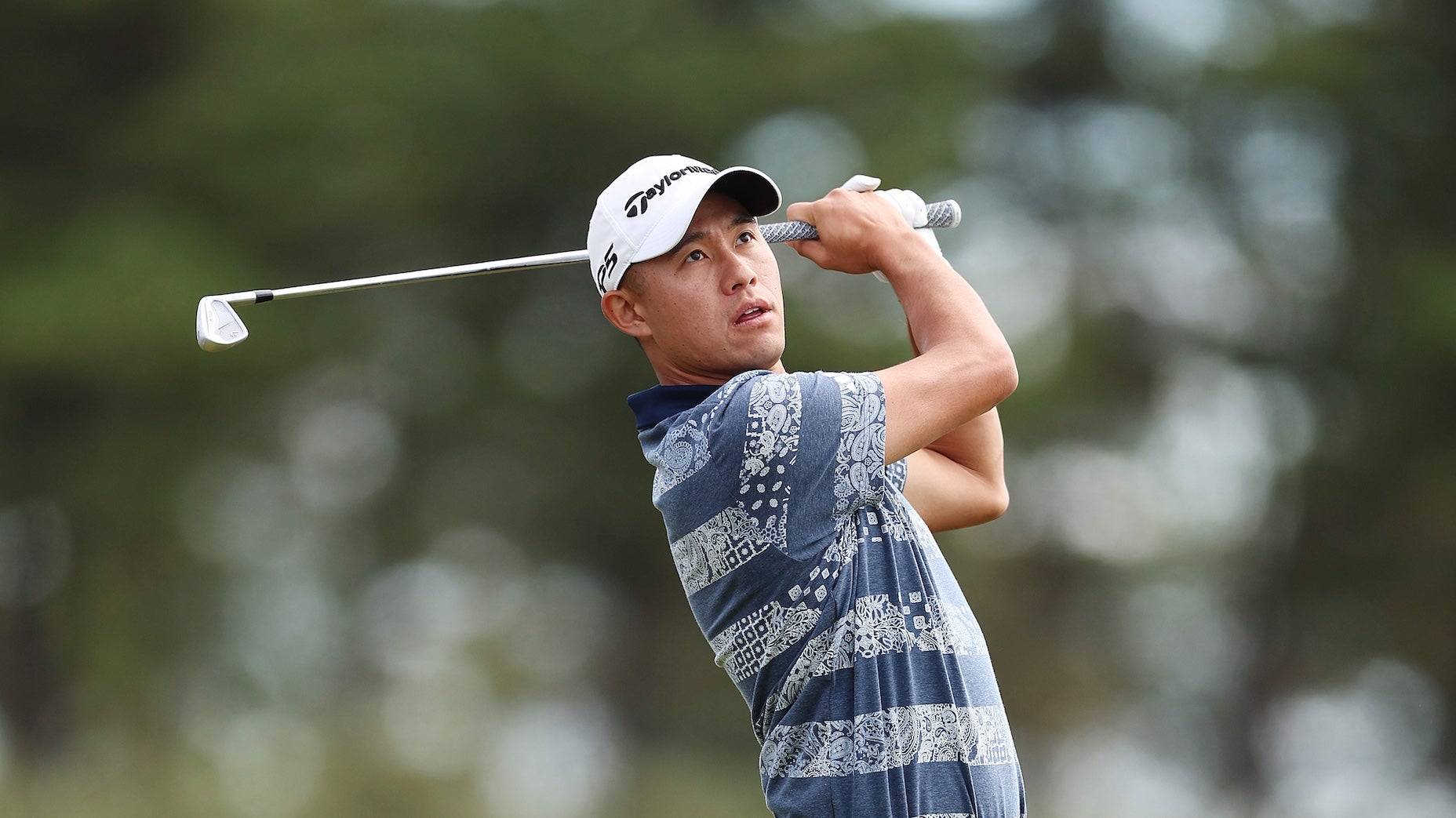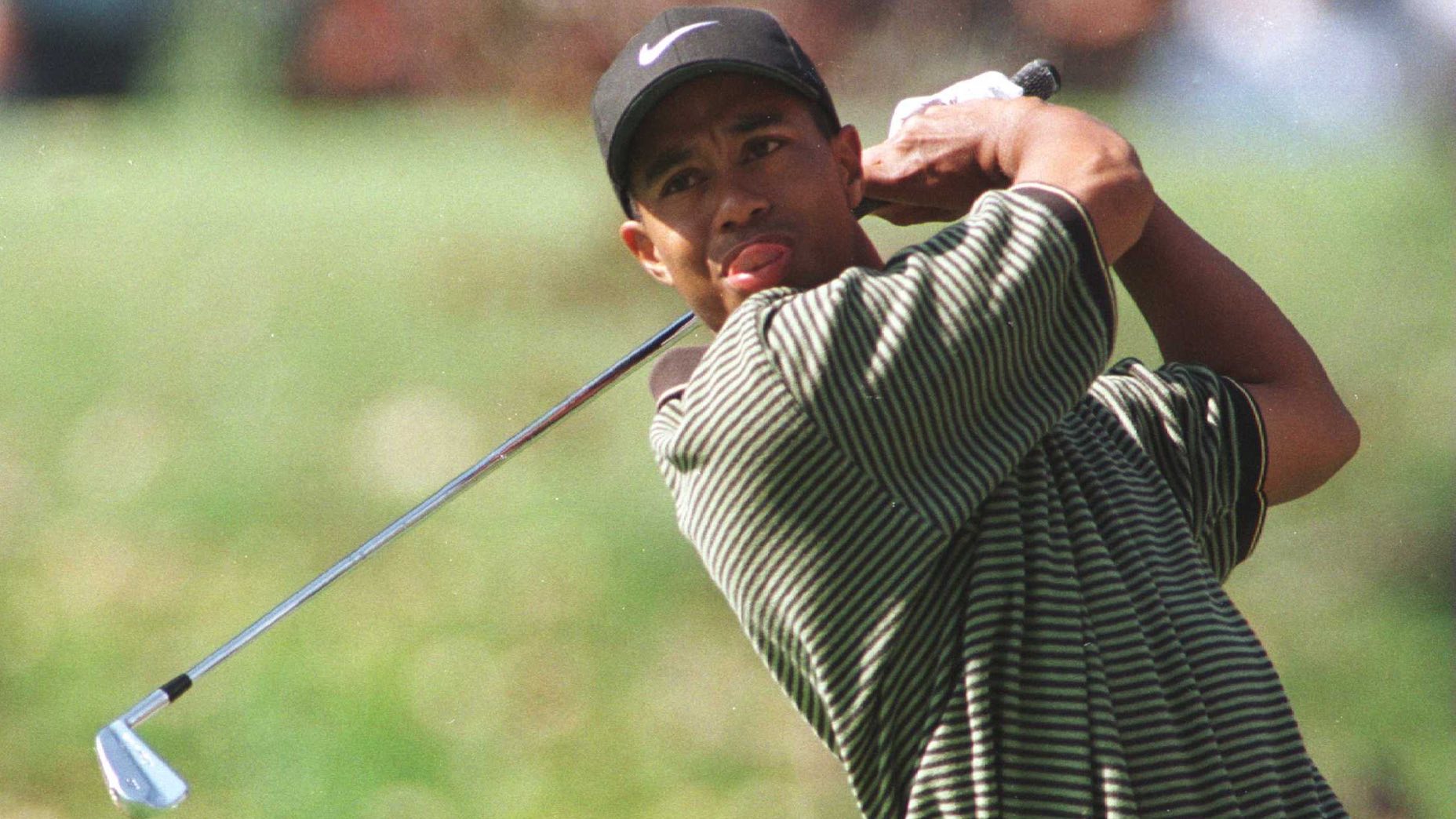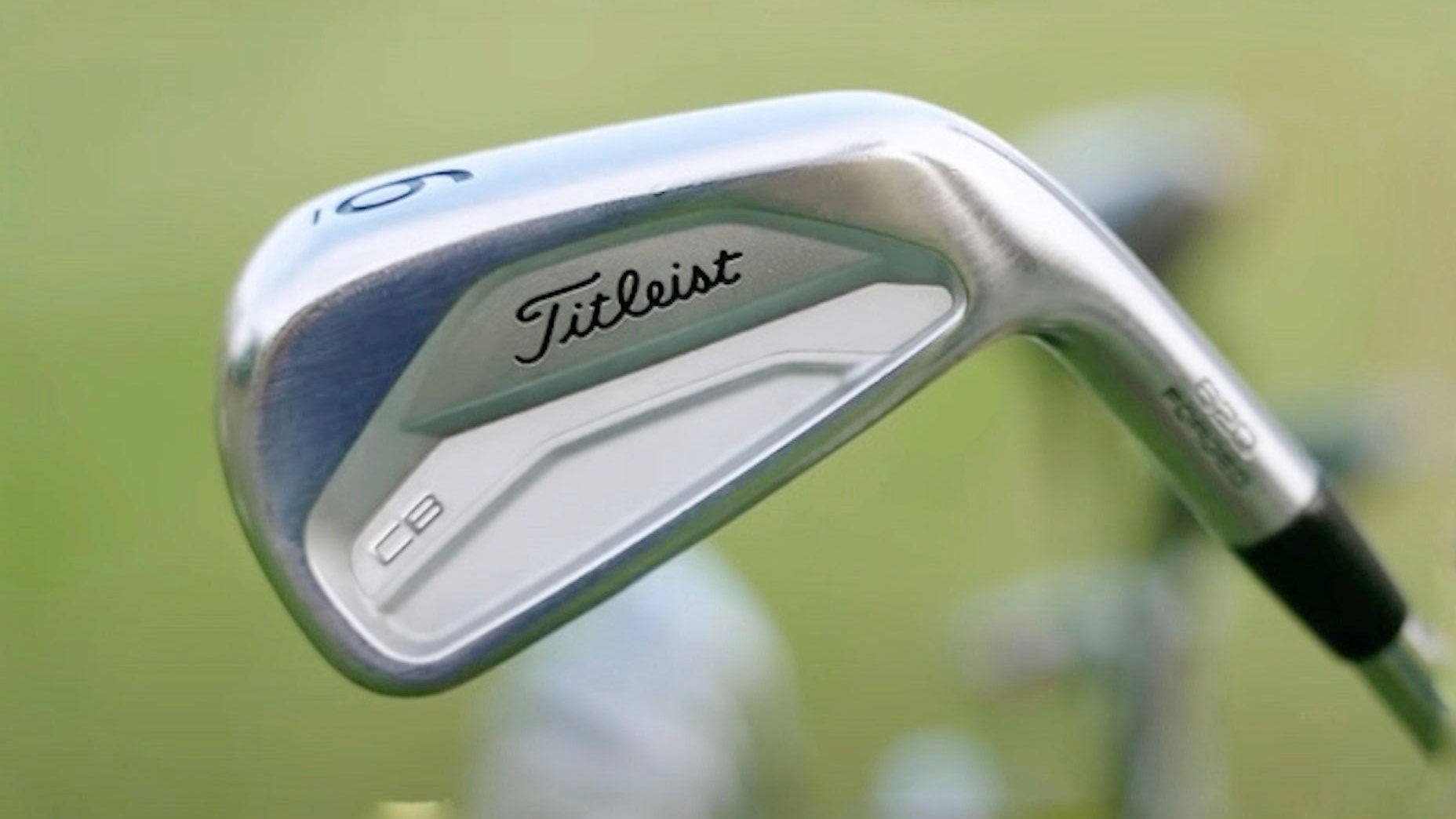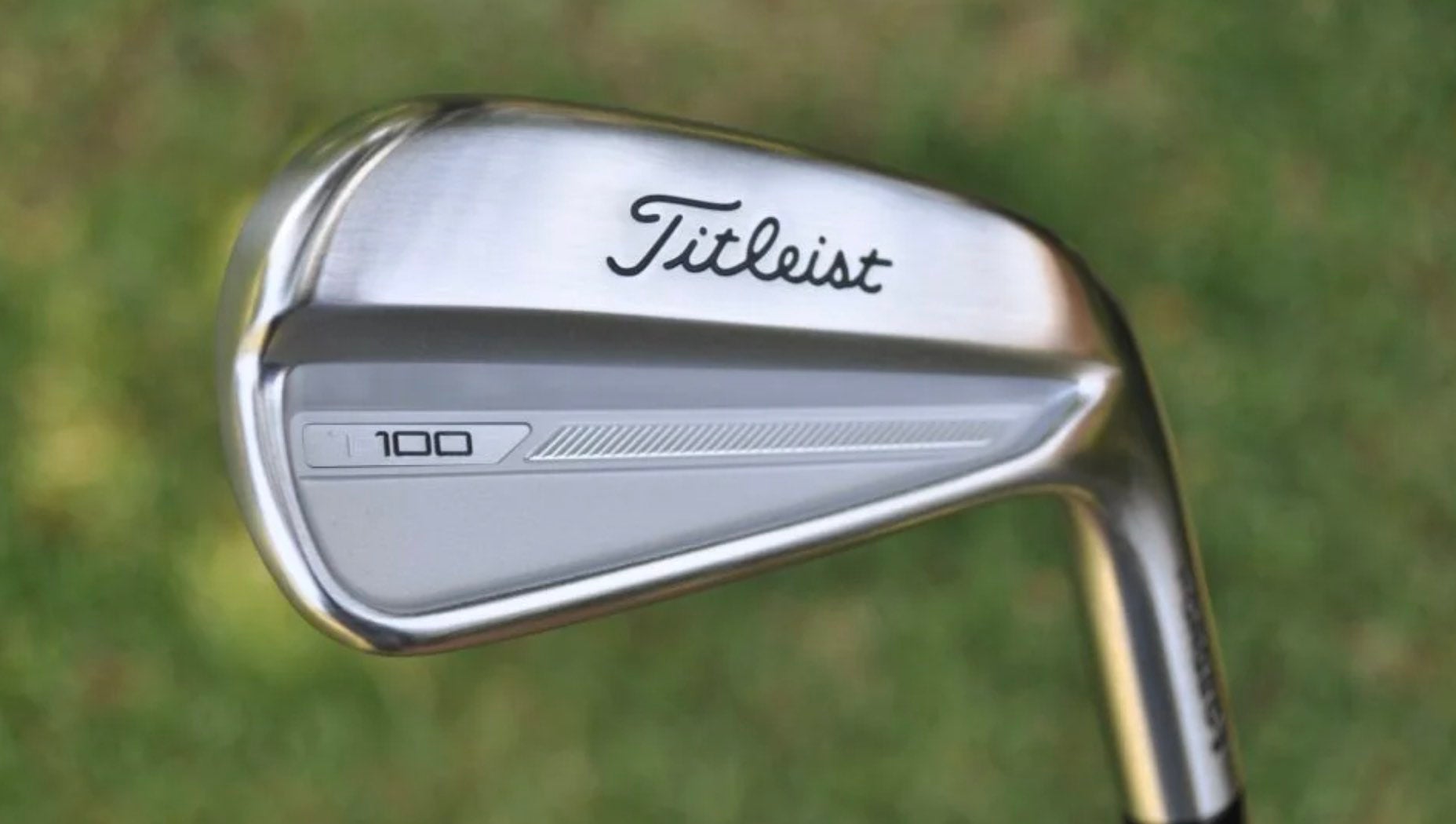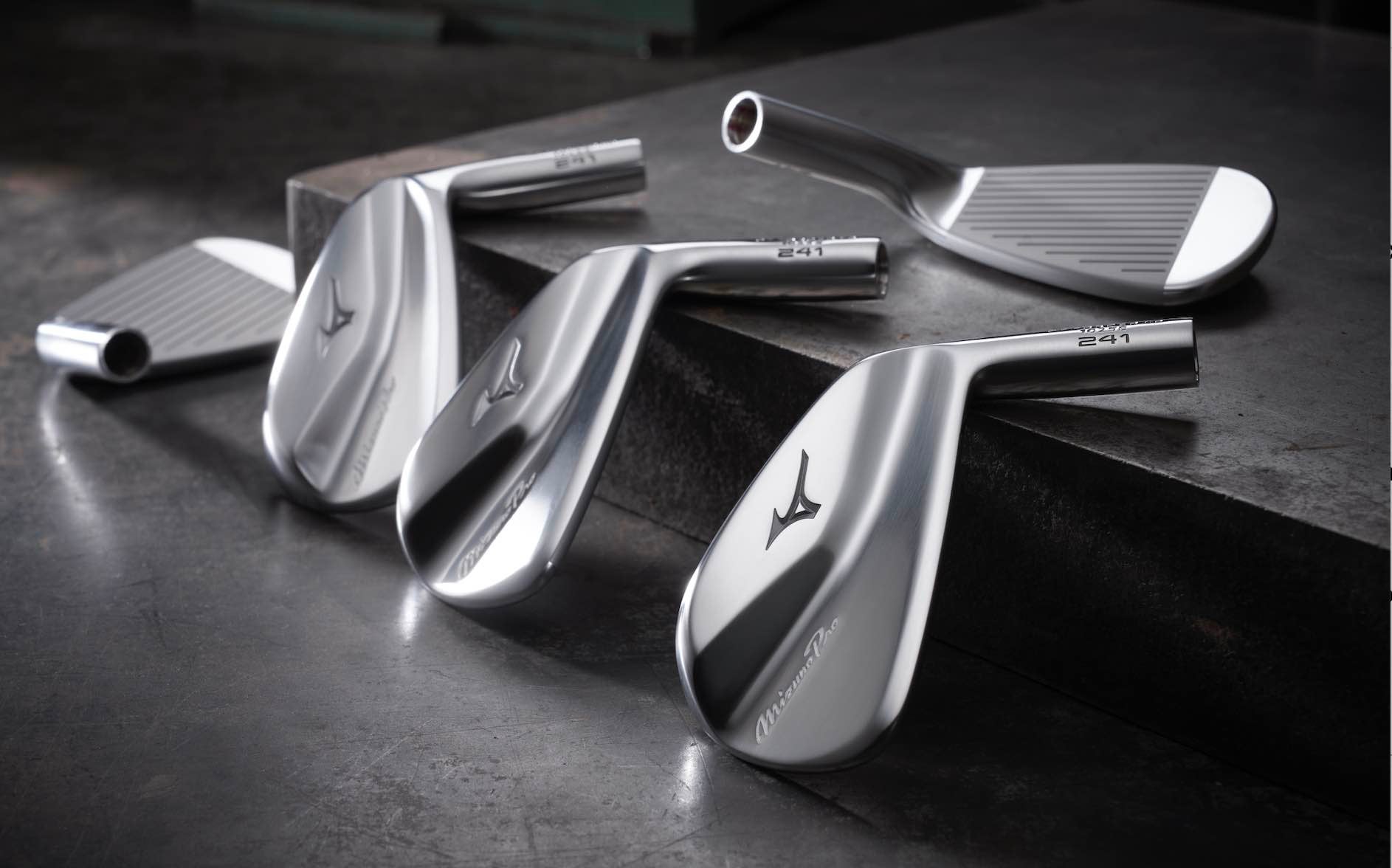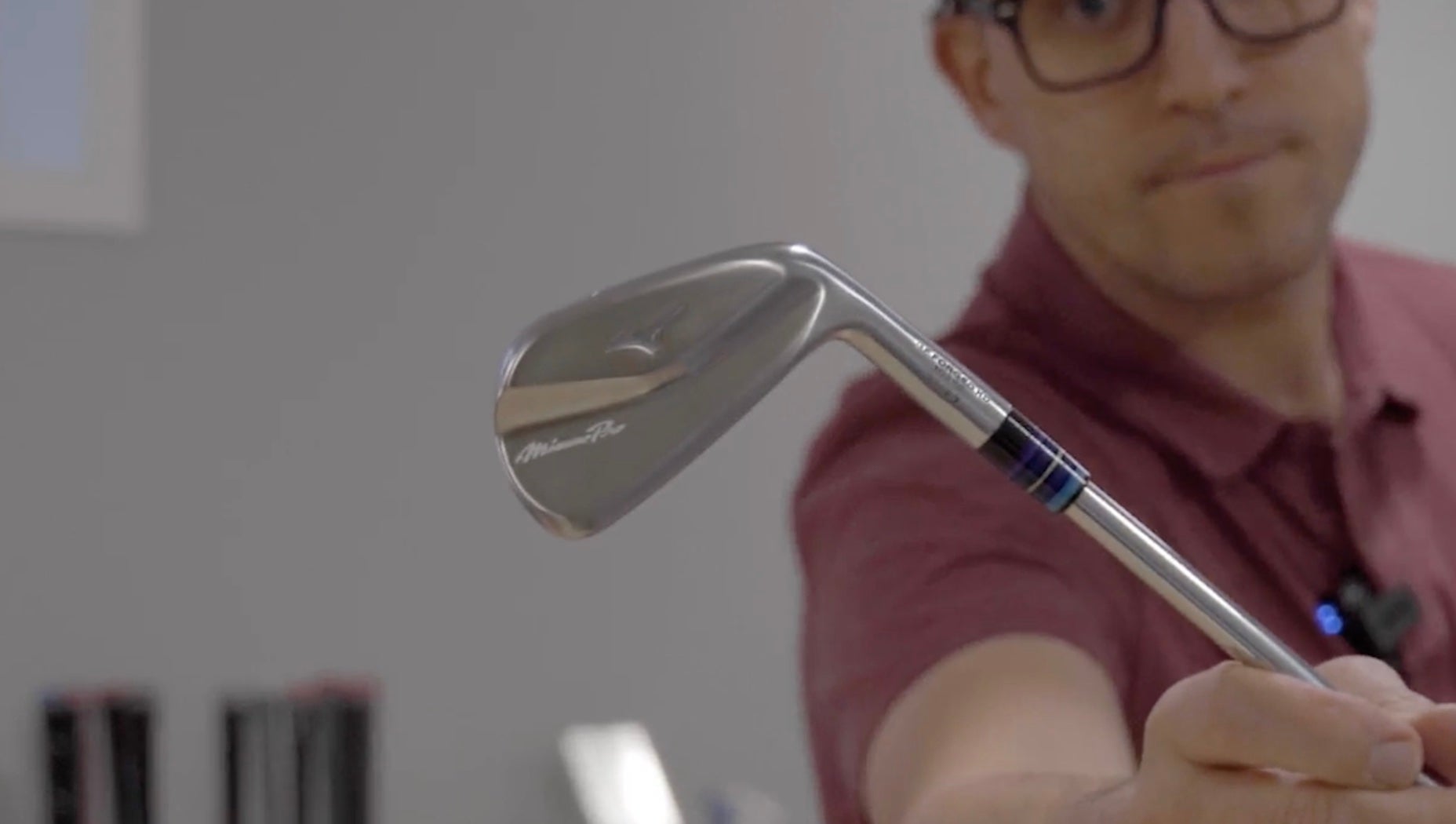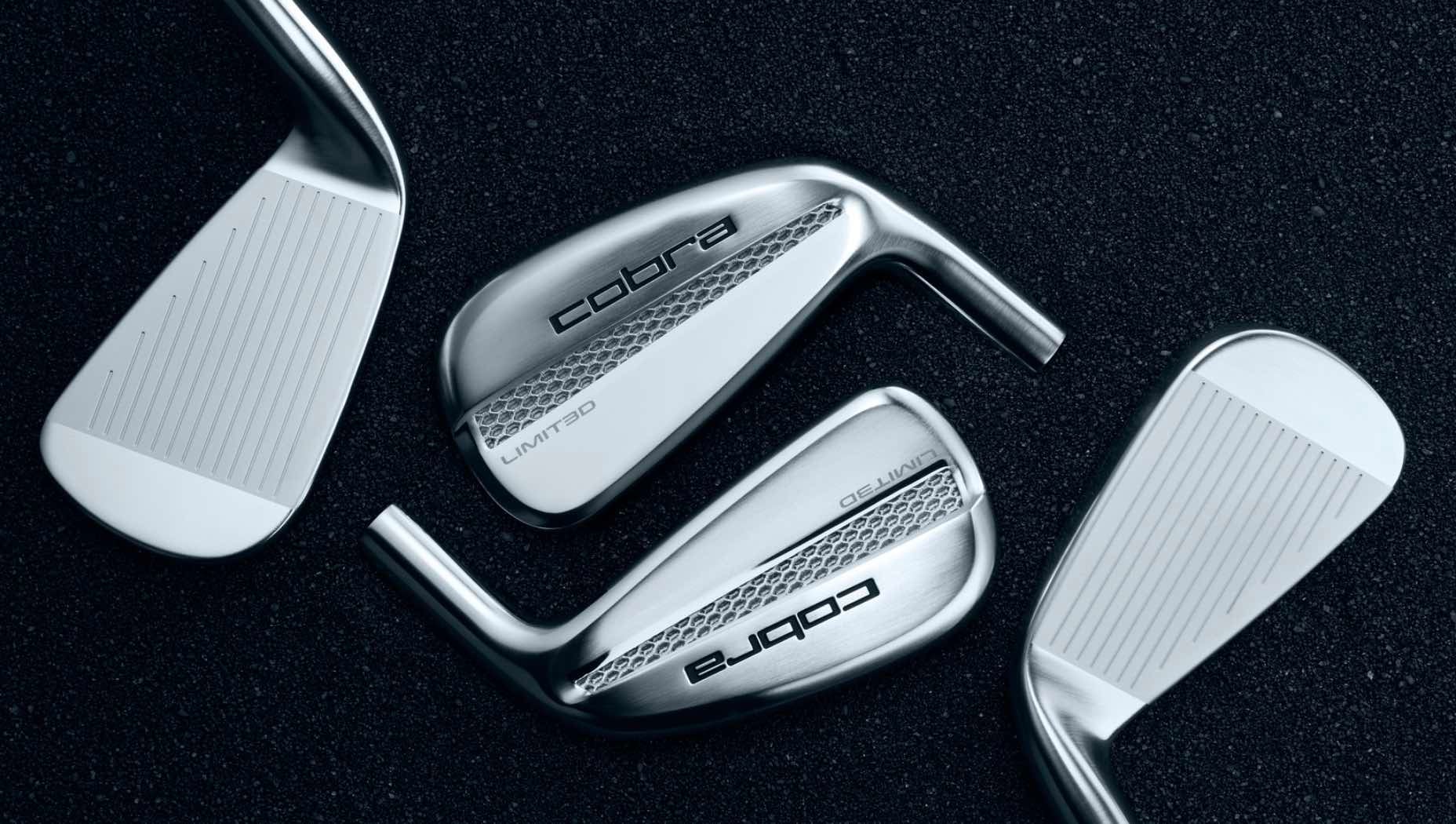The full story behind Patrick Reed’s Grindworks iron change that went completely under the radar
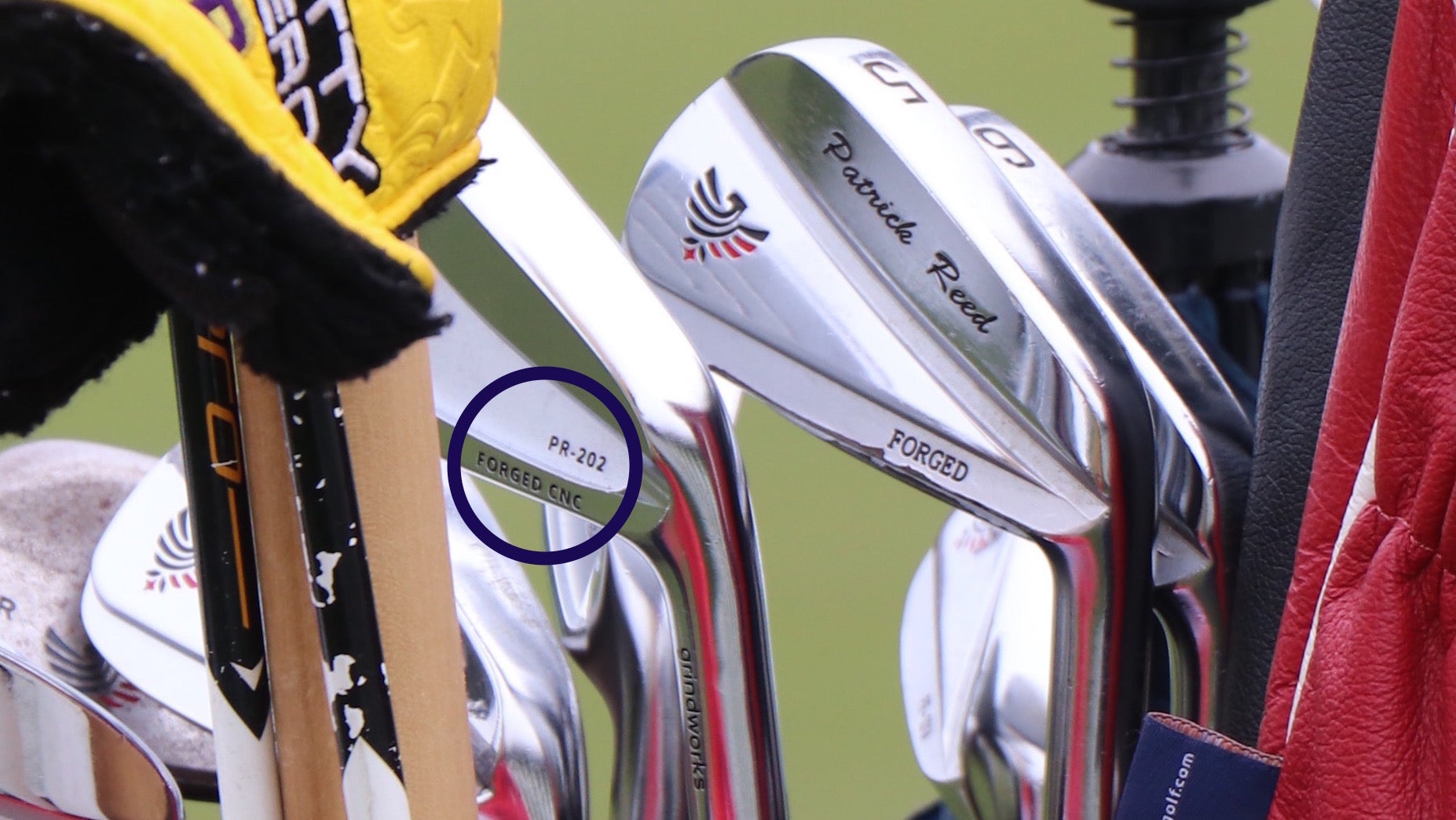
Reed's new irons have plenty of meaning behind their markings.
Andrew Tursky
While on site at the 2020 Zozo Championship earlier this week, I noticed Patrick Reed was using Grindworks irons that all had different stampings on their cavities. Now, after speaking with Kiyonari Niimi, the CEO of Grindworks, we have the full story on Reed’s setup.
Quick refresher: In December of 2019, Reed started using a new set of mysterious Grindworks irons that were stamped with his name. He didn’t speak much about the irons at the time, but it was later revealed that Reed has a partnership with the Japan-based Grindworks company. Not only does Reed play Grindworks irons, but he also helps develop new models.

The first official set of irons from the Reed-Grindworks collaboration was the PR-101A, which released as part of a limited run in August. They are forged irons made from S20C soft carbon with satin/nickel chrome finishes. Like most blades, the PR-101A irons have little offset, narrow soles and thinner toplines. The blades also have a stepped muscle design that’s thicker toward the toe in order to keep the head from over rotating and minimize shots to the left. The PR-101A irons were also developed to get CG (center of gravity) in the proper position in each head to reduce dispersion and increase control.
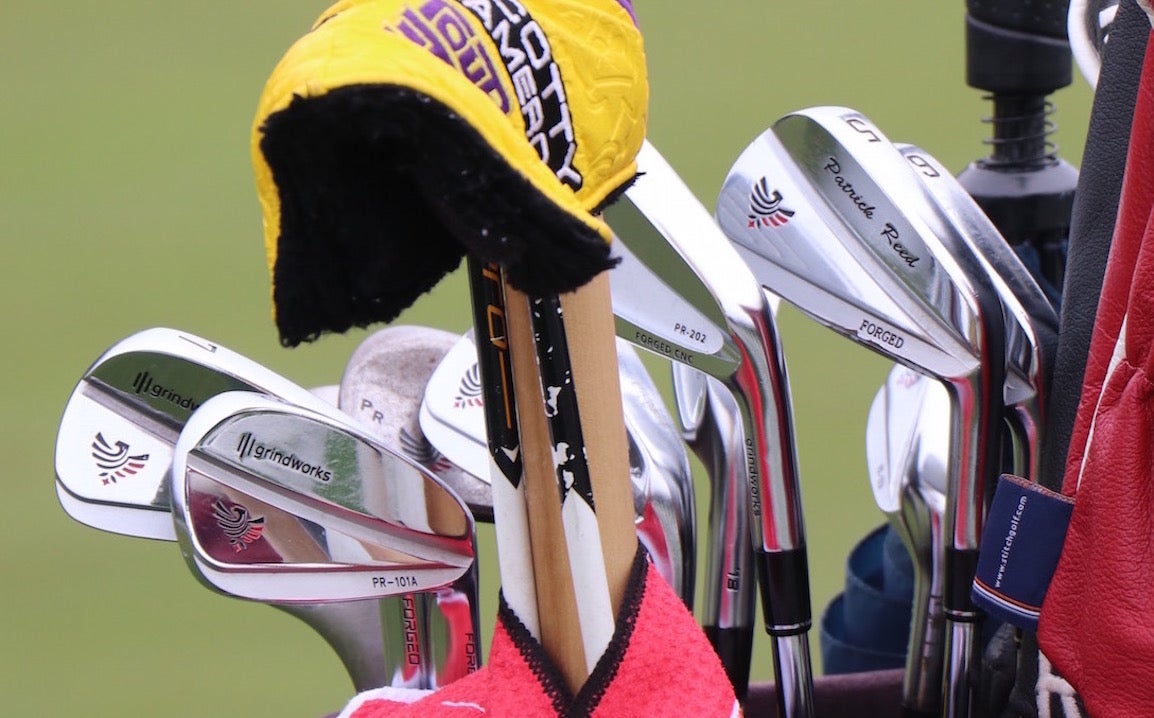
A look into Reed’s bag at the Zozo Championship, though, showed a few different blade models, not just the PR-101A. According to Niimi, however, the blades are actually all the same design (aside from the PR-202).
Note: We obtained the quotes in this story via email and they have been slightly edited for grammar due to Japanese-to-English translations.
“Patrick is a little hesitant to use irons with his name on them, and he’s more interested in presenting the Grindworks logo as an ambassador,” Niimi told GOLF.com. “I’ve made three more sets of PR-101A for him, which are exactly the same model as his previous forged iron (the one with his name on them). As professional golfers, they use their short irons so frequently, so these clubs are naturally consumed at the sole and face so quickly. Hence, he has changed his 7 iron through PW to the new PR-101A model.”

That makes sense. But what about the “PR-202” long iron we spotted? Well, as it turns out, that’s a completely new model that Grindworks and Reed have developed.
“As for the PR-202, it is a cavity back iron made at Patrick’s request,” Niimi said. “He has used Titleist T-100 3-iron in the past, but he wanted more accuracy when he hits knockdown/stinger shots, and to ensure the ball doesn’t go left. Also, he wanted a 3-iron that can lift the ball easily.”
Grindworks needed a special design to keep the ball from going left.
“Countering the hook is not as simple as pushing the center of gravity toward the toe in an attempt to minimize over rotation, but also focusing on the shape of the head, as well as face progression/offset, toe and heel grind, and more,” Grindworks explained. “We worked on creating an iron that not only had a stable center of gravity, but a grind that allowed the iron to interact cleanly with the turf, keeping the head as square as possible at impact.”
The Grindworks PR-202 irons themselves are forged from S20C, ground by hand, then CNC milled and finished, according to the company. Not only did Grindworks create a 3- and 4-iron for Reed’s purposes, but they also developed 5-PW irons for consumers to purchase. The PR-202 irons are not currently listed on the company’s website, but they may be something to look for in the future.
For more on the latest gear news and information, tune into our latest Fully Equipped podcast below!






